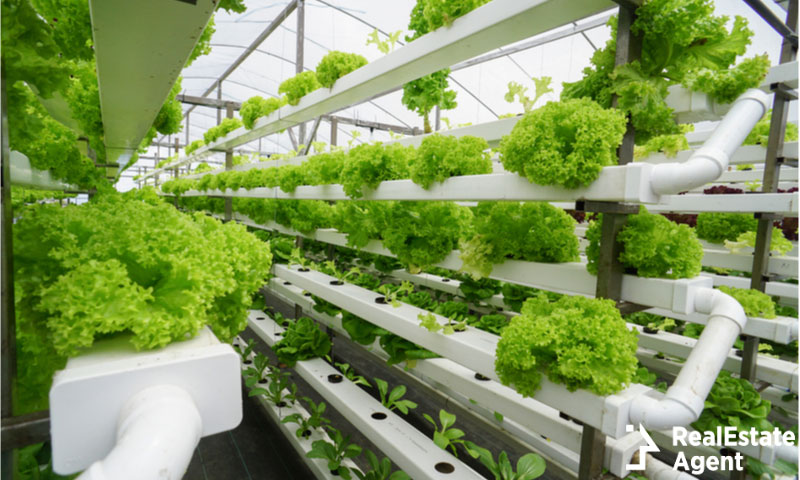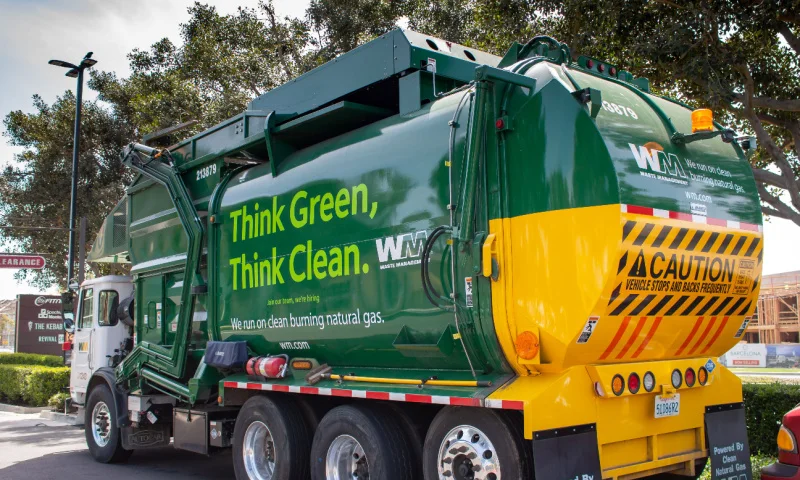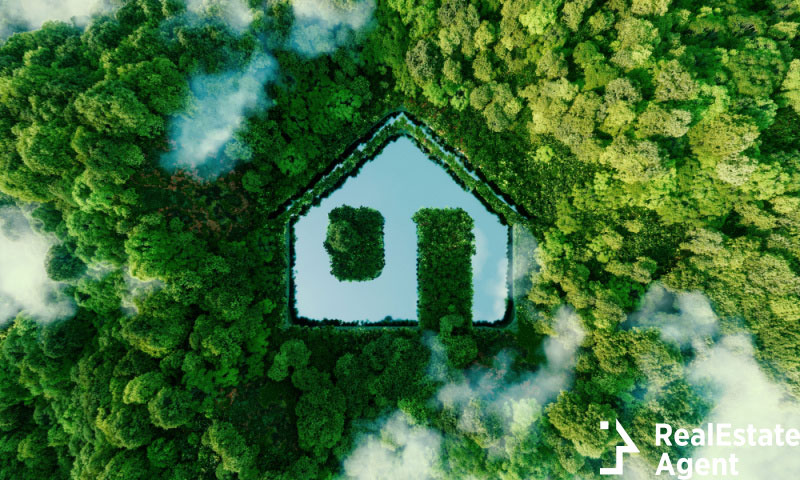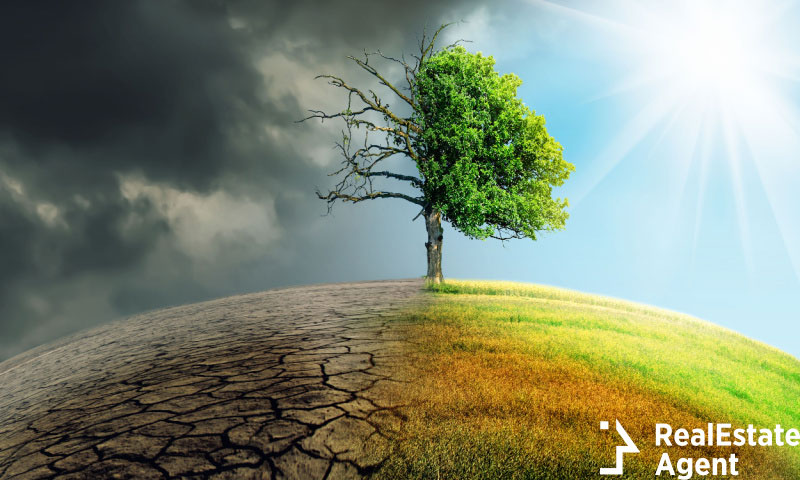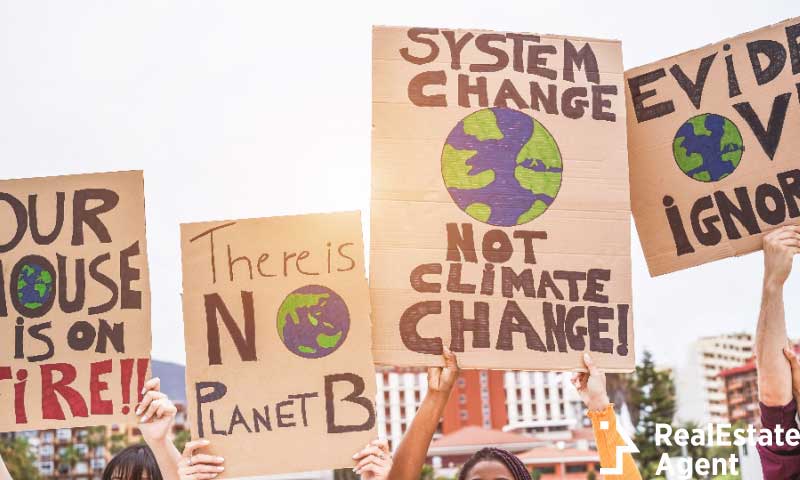Imagine a world without boundaries; imagine a world without immense food costs! And no food shortage whatsoever! Does it sound like science-fiction? We can all agree that the modern lifestyle is bad for the environment. Let us prove that there are less known alternative environment-conscious and reasonably-priced solutions that have the potential to turn your world upside-down present in all areas, such as eco-friendly and harmful building materials.
Think big! Think positive! Think of a lucrative future investment that can save you a considerable amount of money and, more importantly, can make this world a better place to live!
A sustainable option to detrimental energy sources
Based on present circumstances, we can confirm that our planet is in desperate need of renewable energy sources. As a result, we must discover and utilize innovative approaches and technologies as widespread as possible.
For a quick recap, let us highlight the most commonly known, damaging, and, unfortunately, widely used energy sources: oil, coal, gas, and nuclear energy. Quite absurdly, we have limited resources, and we still cling to them like the last straw. Subsequently, they do not represent the future! Opposed to these, we have environmental-safe sources: wind, solar energy, and hydroelectricity. There are increased investment opportunities in green energy. Innovative technology and home aquaponic systems are the future! Moreover, intelligent, tiny homes became trendy as an alternative housing option.
Aquaponics is one of the most sustainable methods to produce good-quality, homegrown food. Even hipster food markets embrace the idea. The fundamental principle of this symbiotic relationship is feeding your plants with the waste produced by fish. In their turn, the plants cleanse the tank for the fish. As a result, one brilliant & uninterrupted cycle is created. You can put fresh vegetables on your table by the end of the day.
General introduction to aquaponics notions
Aquaponics or aquaponic systems cover a complex production and management system designed to create edible food. It combines the disciplines of nurturing fish in water tanks with hydroponics, meaning the art of cultivating plants in water. And don’t worry if you’re a novice fisherman, there are ways to experience the joys of fishing. Subsequently, the nutrient-rich water is administered to hydroponically grown plants. The main goal is turning ammonia into nitrates, which is obtained with the contribution of the so-called nitrifying bacteria.
Ammonia, most generally, is used as fertilizer in agriculture and refrigerant gas to cleanse water. In addition, chemists also manufacture plastics, textiles, pesticides, etc., with the help of ammonia.
Nitrates are chemicals found in the soil, air, and water and are also used as a food additive to stop the growth of bacteria. Moreover, nitrates are added to enhance the flavor and color of foods.
And how does it exactly come into the grand scheme of home aquaponic systems?
Virtually, the main idea is to transform poisonous ammonia from fish waste into beneficial nitrates through a specific type of bacteria. Nitrates constitute a primary source of nourishment for plants.
In an aquaponic system, you can grow any type and size of food, and its richness can range as in any farming discipline. Amongst the believers of this technology, you will indeed find representatives from the best farmers’ markets in the US!
History of the aquaponic method
Although aquaponics became part of the vernacular in the late 1960s, the first historical evidence for the technology appears to be at the Mayan and Aztec civilizations in around 1000 AD. These ancient tribes grew plants on rafts. They invented the so-called chinampas. The notion covers a system of agricultural islands, meaning a network of aqueducts and motionless manufactured islands hosting the activity of the proper crop cultivation. Indians used nourishment-rich mud and water from the conduits to feed their vegetables.
In the far-off corners of Asia, aquaponics and early forms of polyculture farming systems were already a thing pretty early in history. Farmers in South China, Indonesia, and Thailand found out how to maximize their rice cultivation with the help of fish, mostly loach, snails, and swamp eels, in paddy farmlands. They soon discovered that this symbiotic relationship between fish and plants led to plentiful crops.
In the modern era, the Recirculating Aquaculture Systems (RAS) introduced essential changes to improve the efficiency of the technology in the US. They tried stocking the fish more densely using only a small portion of water and space. Consequently, significant wastewater accumulated and affected the health of the animals. In the face of emerging health-related issues, they applied antibiotics, which, again, damaged the biosphere.
Scientists came up with the first closed-loop aquaponics system in the 1980s. They used water discharge from the fish tank to trickle-irrigate certain fruits and vegetables in beds filled with sand. Water was filtered through the sand, and later, it was reintroduced into the fish tank. The method proved functional!
The advantages of setting up a home aquaponic system
Just imagine the endless benefits the introduction of aquaponic tanks would imply to starving nations, for instance in Africa! With proper care and management, we could push global deprivation off the edge.
The advantages of a do-it-yourself aquaponics system are priceless.
- First of all, you don’t have to own land to produce food. You can provide your family with fresh and nutritious food even when you cannot go outside. Though winters can be challenging, there are some tips to save energy in winter. All you have to do is design a spare space outdoors or in an interior room with proper water or a fish tank obviously filled with fish.
- You can always experiment with new techniques and systems, adapting them to your needs. Using a bigger tank will result in providing even for a larger group of people.
- It requires less time spent for fishkeeping because nurturing is partially supplied by the plants.
- There are no space restrictions! You can grow where it best suits you: outdoors, indoors, greenhouse, or living room.
- Tending to an aquaponic system is less strenuous and will not affect your back because you can set them up waist high.
- Aquaponics uses less water than gardening. Yet, keep a close eye on your water bills.
- Aquaponics takes less time to grow plants compared to usual food gardening.
- It doesn’t produce as much weeds as during typical gardening.
How to create a competent aquaponic tank
Set up a multi-layer fish tank, with a tank filled with water at the foundation; on the second level set up a tank with plants, while the third unit should contain the fish. You can deploy a wide range of fish to the ‘battlefield’: tilapia, goldfish, pacu, ornamental fish, catfish, barramundi, silver perch, carp, etc.
Now, there can be conflicts among fish as well. For this reason, it is better to watch the size of the actual fish tank in order to provide the fish and other water animals with adequate space to swim. Ensure safe territory for every species! You might even consider using a standard acrylic aquarium.
You will need a superior quality pump to carry the water in cycles. Once done, you will conduct water high in nitrates to the grow bed, the home of plants. Plants draw nitrogen out of the water. The successive purification of water contributes to feeding the plants and animals alike. The cycle will be repeated.
Therefore, your fish will supply the bacteria with nourishment, and the bacteria will decompose the fish waste. The plants will feed on nitrogen and waste while cleaning the water, which returns to the fish.
Pay special emphasis on your media bed!
And let’s not forget why we created the aquaponic system in the first place! Add the media bed (or food table) that is the container in which you will grow your plants. Build it above the fish tank or its side using an extensive plastic tray or a pallet crate. A separate stand might be a good idea since it must withstand its weight. We recommend lava rock, gravel, or clay pebbles as media due to their pH-neutral and moisture-holding capacity. Sand is also a great medium to grow vegetables.
Plant the seeds!
Then comes the plants. First, try basil seeds, watercress, lettuce, mint, and kale. Place the seeds into the pebble, making sure that they can stretch down to get to the source of nourishment from the water passing through. Reach a more advanced level and set up a heavily stocked tank! Then, you might be able to grow strawberries, peas, tomatoes, cabbage, cauliflower, squash, pepper, beans, etc.
The aquaponics management
You are the manager of the tank, and you are in control! Make sure to feed the fish with nutrient-rich food. Refrain from live food! In the beginning, verifying the tank water as often as possible is quintessential so that the pH, ammonia, nitrates levels are alright, which is undetectable.
The pH level should be neutral, between 6.8–7.0, optimal for every ingredient: fish, plants, and bacteria.
Such systems usually fail because they are not buffered up properly when the pH drops below 7.0 as the initial cycle comes to an end. Raise the pH level by adding slightly more calcium hydroxide and potassium carbonate in powdered form.
The disadvantages of aquaponics
There are some minor disadvantages to consider before setting up such a system.
- You can not dodge the initial cost of investing in tanks, fish, and a proficient pump. These depend on the actual size of the tank you wish to maintain.
- Aquaponics needs electricity. You will have to expect a large consumption of it, and subsequently, you may receive a not-so-impressive electric bill. Nonetheless, there is the Sun and the wind as alternative energy sources to this problem, right? Speaking of solar panels, before installing them, we would advise you to consider how renewable energy might influence your home.
- In addition, for them to function efficiently, we still recommend you to have it professionally installed.
- Not all types of plants and crops (except potatoes, radish, carrots, blueberries, etc.) and species of animals (trout, bass, salmon, etc.) are ready to be included in the aquaponics tank.
- Large crops are extremely hard to grow.
Conclusion on the potentials of one satisfying renewable energy source!
Aquaponics heralds the dawn of a new green era. It draws attention to eco-friendliness and building consciously with green materials of the future.
Once an unfamiliar term, today aquaponics penetrated the minds of environment-conscious people. America, Canada, Australia, Asia. These are only a few great green countries, which recognized the countless advantages behind the aquaponic systems. Water restriction and the poor condition of soil no longer stand in the way.
Aquaponics systems have firm roots in past traditions. Applying a progressive mentality, aquaponics can become a sustainable method to grow healthy food on a global scale. Its potentials outshine the original costs of investment and additional minor disadvantages.
Why don’t you produce bio food in your own home at your own pace, even during the most brutal winter?
We hope you choose to become a pioneer of aquaponics! You will produce low-cost food for you and the entire family! Though it surely requires patience and experimentation on your behalf, you can always focus on the final goal.
If you have found this article an essential reading, share it on your social media! Are you for or against renewable energy sources? Your feedback matters! Let us know your opinion and address your questions in the comment section below!

